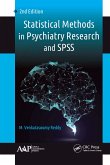
eBook, ePUB
15. Januar 2019
Taylor & Francis eBooks
| Broschiertes Buch | ab 110,99 € | |
| Gebundenes Buch | 176,99 € | |
| eBook, PDF | 107,95 € |
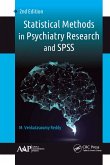
eBook, PDF
15. Januar 2019
Taylor & Francis eBooks
Broschiertes Buch
Chick Embryo Model of Acrylamide Neurotoxicity
11. Februar 2020
LAP Lambert Academic Publishing
Ähnliche Artikel
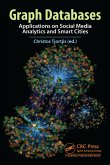
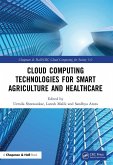
eBook, ePUB
28. Dezember 2021
Taylor & Francis eBooks
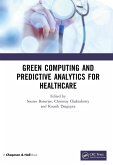
eBook, ePUB
10. Dezember 2020
Taylor & Francis eBooks


eBook, ePUB
30. November 2022
Taylor & Francis eBooks

eBook, ePUB
28. November 2024
Taylor & Francis eBooks
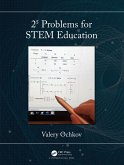

eBook, ePUB
9. Dezember 2022
Taylor & Francis eBooks
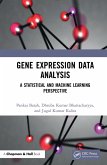
Ähnlichkeitssuche: Fact®Finder von OMIKRON
